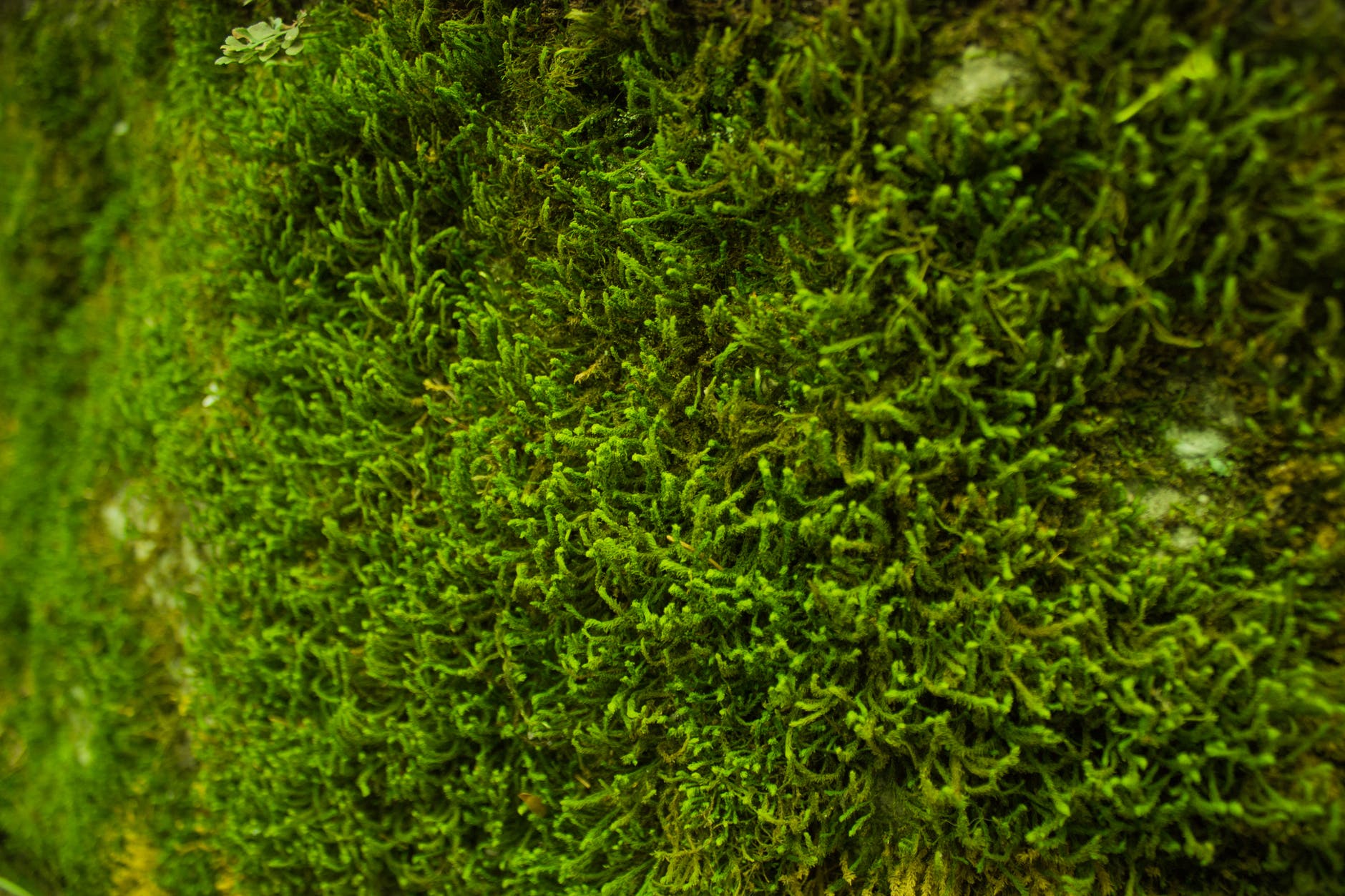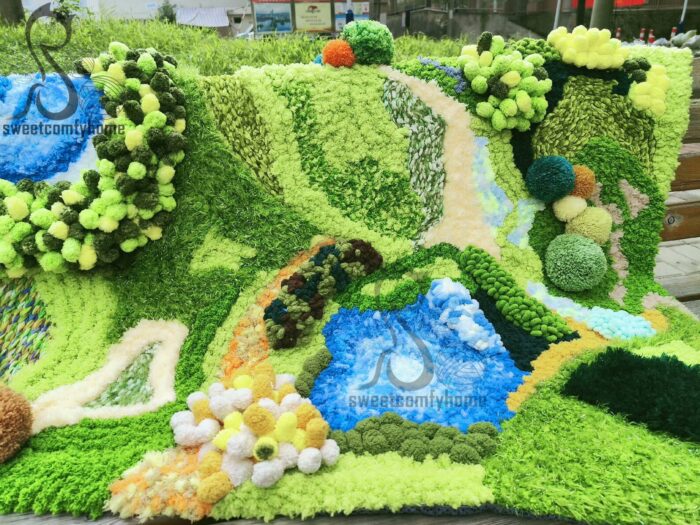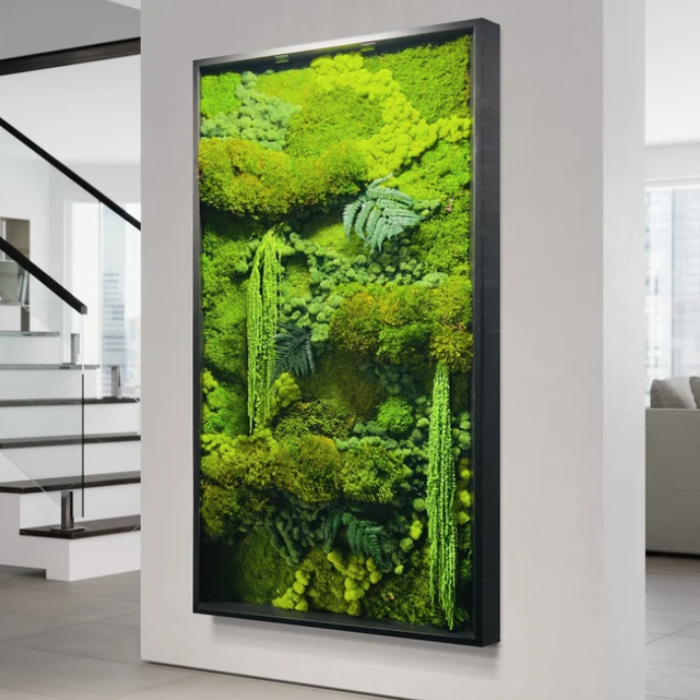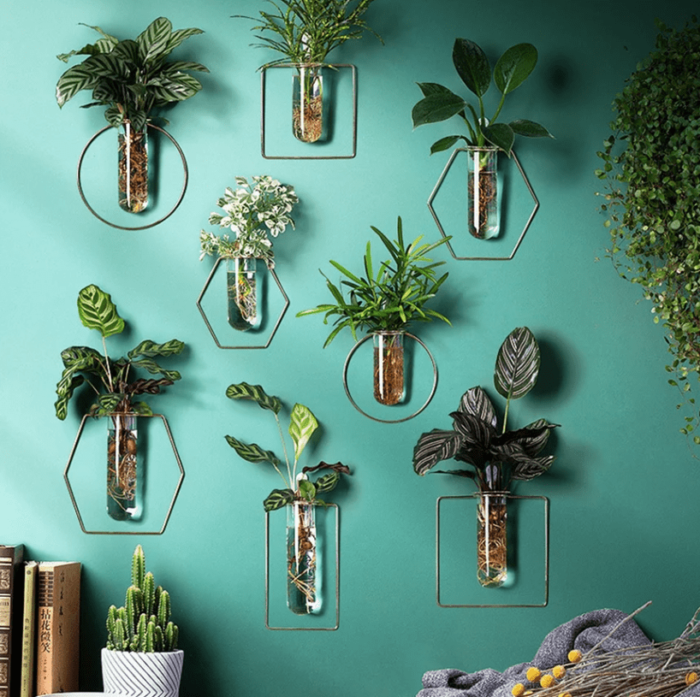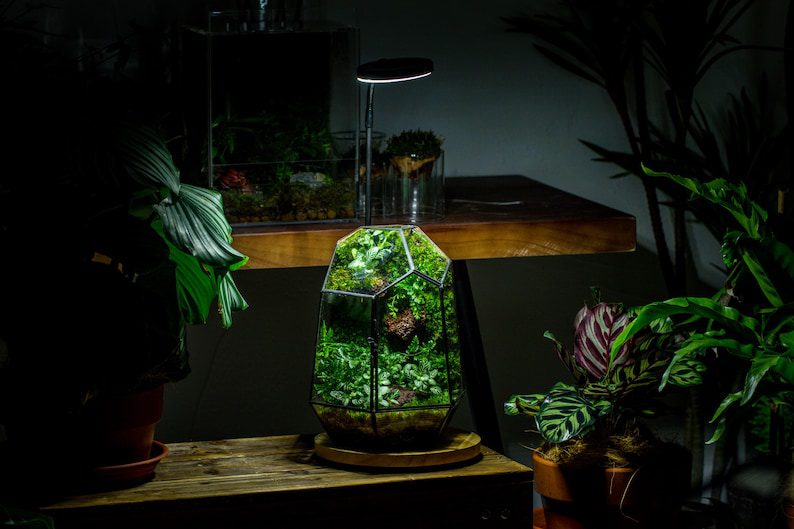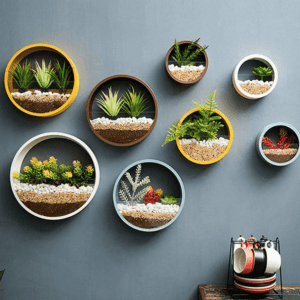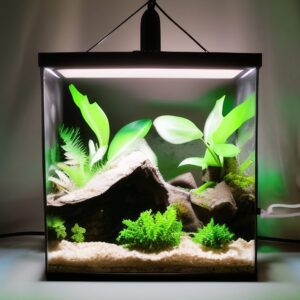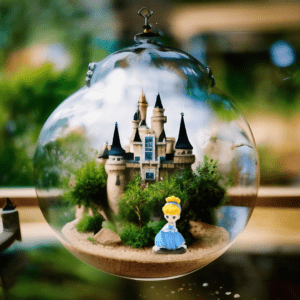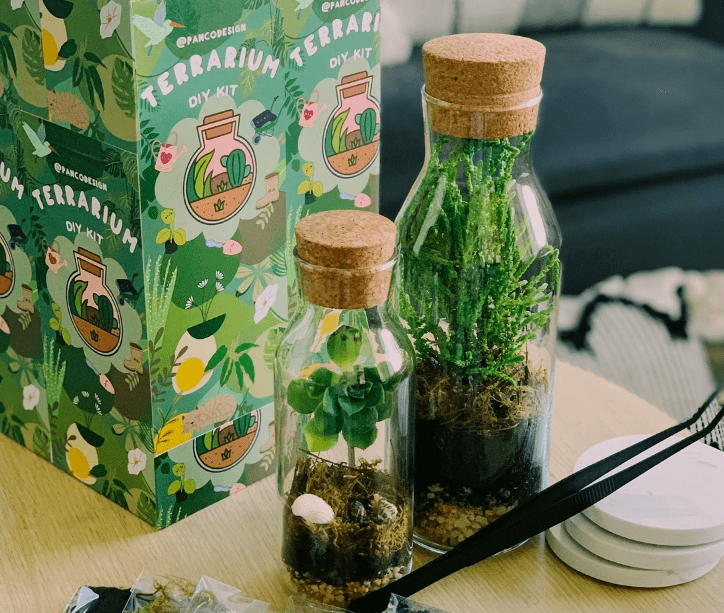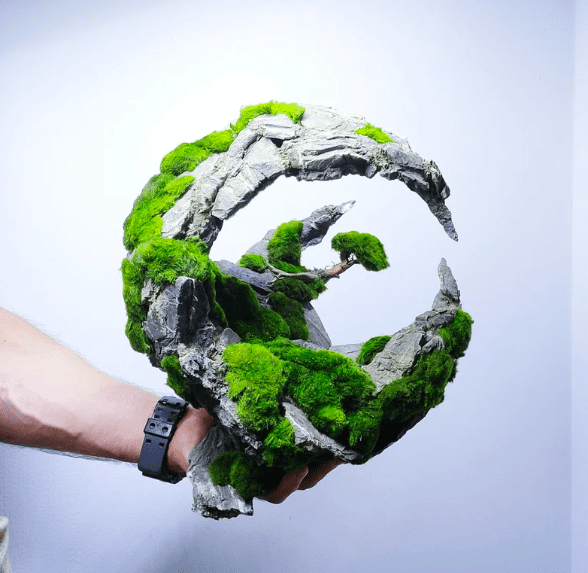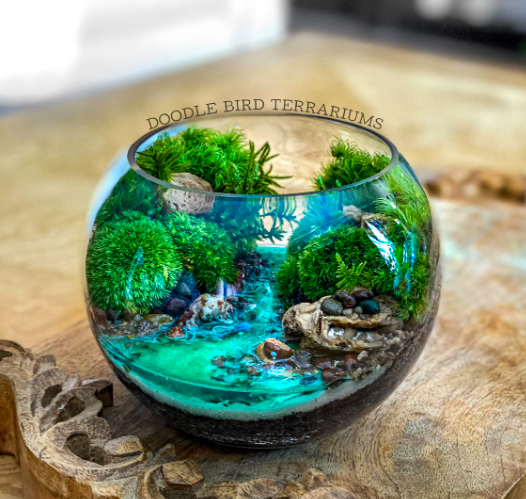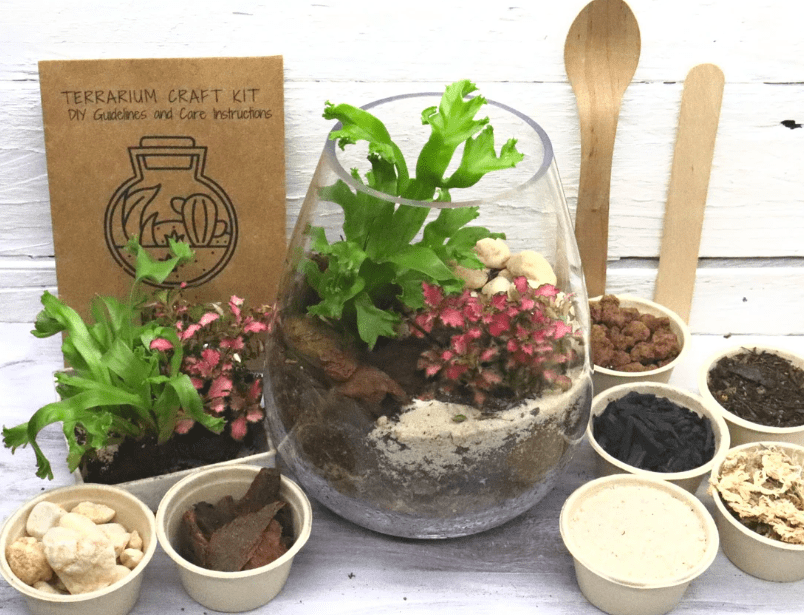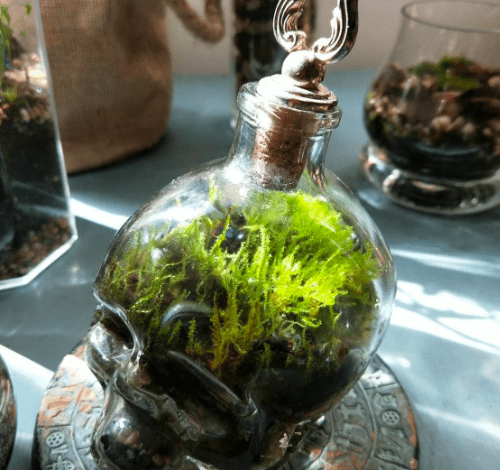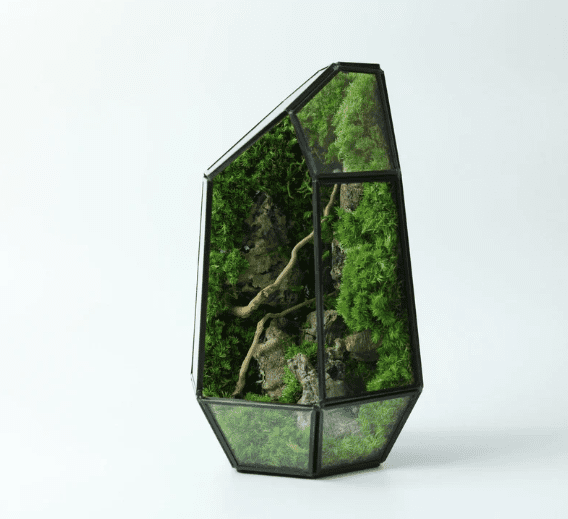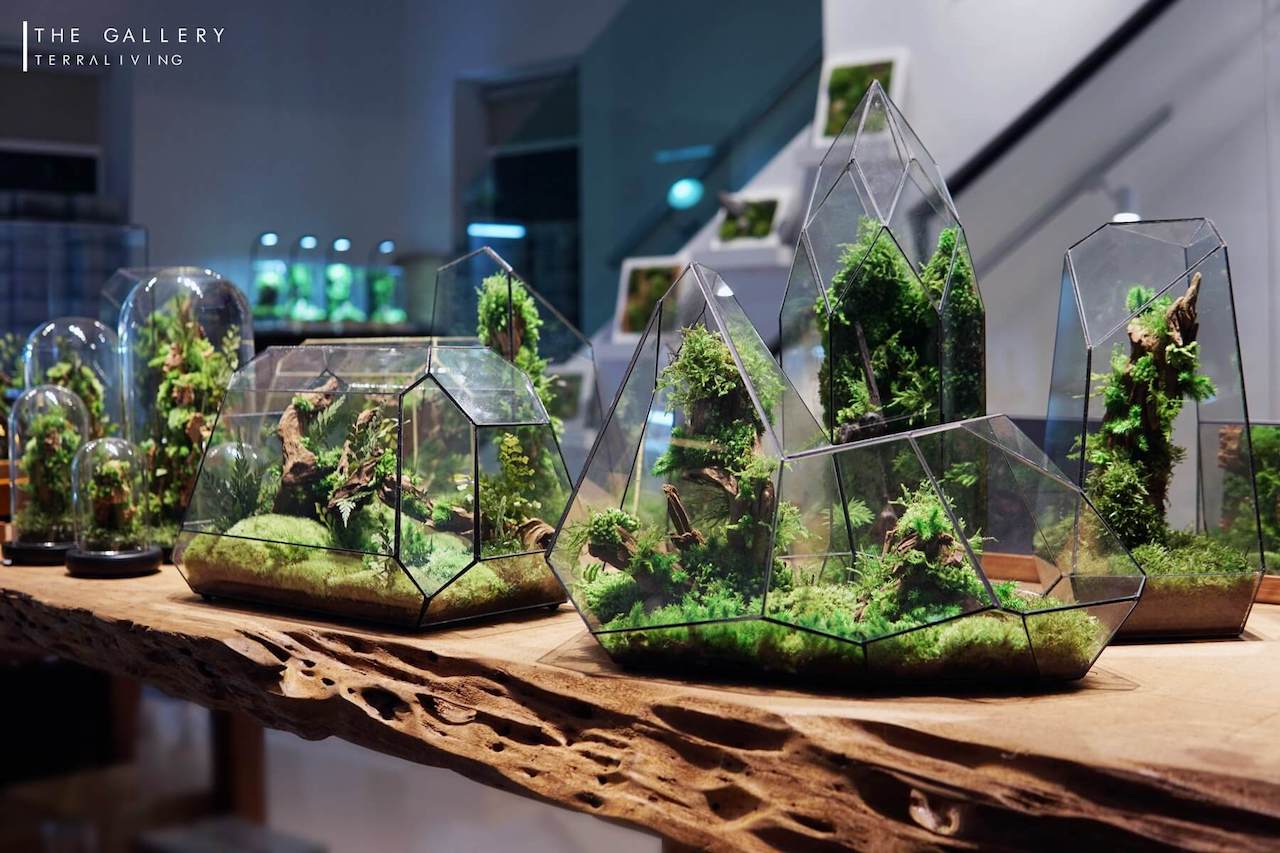Learn how to take care of moss in your terrarium and keep it looking healthy and lush.
Wondering how to take care of moss in your terrarium? We have all the tips you need to make sure your moss thrives! A guide to caring for moss in your terrarium, including tips on watering, light, humidity, and propagation.
Moss is a plant that doesn’t get a lot of attention. It’s small, it’s green, and it might not look like it does much. But moss is actually a really important plant, and it can be a great addition to your terrarium.
Moss helps to regulate moisture levels in the soil, preventing the roots of other plants from getting too wet or too dry. It also provides protection for delicate roots, and its dense network of blades helps to prevent weed growth.
A quick summary: how to care for moss in terrariums
Moss is relatively easy to care for, but there are a few things you need to keep in mind. First, moss doesn’t like direct sunlight, so make sure to choose a spot in your terrarium that gets filtered light. Second, moss needs moist soil, so water it regularly. Third, moss doesn’t need fertilizer, so don’t add any to the soil. If you follow these simple guidelines, your moss will thrive and add a touch of green to your terrarium.
Want to know more? Read on! Or visit our Terrarium Plant Library to see the different types of moss that go well in terrariums.
Ideal Temperature for Moss in Terrariums
For most moss, the ideal temperature is between 60 and 70 degrees Fahrenheit or 15 to 21 degrees Celsius. If the temperature gets too hot, the moss will start to turn brown and will eventually die. If the temperature gets too cold, the moss will turn a deep green color. In a terrarium, it is important to maintain a consistent temperature so that the moss can grow properly. A good way to do this is to use a heating pad or grow light. By keeping the terrarium at a consistent temperature, you will create a habitat that is ideal for moss growth.
Ideal Humidity for Moss in Terrariums
For those looking to create a miniature garden inside a glass terrarium, moss is an ideal plant to include. Unlike many other plants, moss does not require direct sunlight and can thrive in low-light conditions. Moss also prefers high humidity, making it a perfect choice for terrariums.
The key to keeping moss healthy is to maintain the correct level of humidity. Too much moisture will cause the moss to rot, while too little will cause it to turn brown and crispy.
The best way to raise the humidity level in a terrarium is to add a small container of water, such as a pebble tray or coconut coir disk. Misting regularly is another great way to keep humidity levels higher.
By creating these ideal conditions, you can enjoy a lush, green moss terrarium for years to come.
Ideal Lighting for Moss in Terrariums
One of the most important things to consider when growing moss is lighting. Mosses generally prefer low levels of light, so they should be placed in an area of the terrarium that receives indirect sunlight or filtered light. If the light is too bright, the moss will begin to turn brown and will eventually die.
In terms of artificial lighting, mosses do best with fluorescent and LED bulbs. These bulbs provide the perfect amount of light for mosses to thrive without causing them any harm.
If using natural sunlight, place the terrarium in an area that receives indirect sunlight. Direct sunlight will cause the moss to dry out and may damage the leaves. By following these guidelines, you can create an environment that is ideal for moss to thrive.
How to Water Moss in Terrariums
Mosses are a type of plant that reproduce by releasing spores. Mosses are found in damp environments and do not have traditional roots. Instead, they have rhizoids which help them to attach to surfaces and absorb water and nutrients. Mosses are a popular choice for terrariums because they require very little care.
However, there are a few things to keep in mind when watering moss in a terrarium.
First, moss prefers filtered or distilled water. Tap water can contain minerals that can build up and damage the moss over time. Second, it is important to water the moss slowly and evenly. Sudden or excessive watering can damage the delicate plant.
Finally, moss does not need a lot of water. Watering once a week should be sufficient.
When it comes to watering moss in a terrarium, there are two main methods: misting and watering.
Misting is the process of applying a fine spray of water to the moss, and it can be done using a spray bottle or mister. Watering is the process of applying a small amount of water to the moss using a cup or syringe. Both methods have their benefits and drawbacks.
Misting is quick and easy, but it can often result in too much or too little water being applied. Watering takes a bit more time and effort, but it ensures that the moss gets the perfect amount of moisture. Ultimately, the best way to water moss in a terrarium is to experiment with both methods and see what works best for you and your plants.
By following these simple tips, you can ensure that your terrarium moss stays healthy and thriving.
Propagating Moss
Many gardeners enjoy the unique look of moss, and propagation is a relatively simple process. In nature, moss often spreads via spores, but these are difficult to control in the garden. A better option is to propagate moss via division or by rooting fragments. For small areas, division is the best option.
Moss Propagation by Division
Simply locate an existing patch of moss, then carefully dig up a section with a spade or knife. Once you have your piece of moss, you can replant it in the desired location and water it well.
For larger areas, rooting fragments is a more efficient method. To do this, collect several pieces of moss and place them on a damp cloth or paper towel. Place the towel in a shady spot and mist it daily to keep it moist.
After a few weeks, the roots should be well-established and the pieces of moss can be transplanted to their permanent location. With a little patience and care, you can easily propagate moss to create a beautiful carpet of green in your garden.
Moss Propagation by Spore
Moss propagation by spore is a relatively simple process that can be used to create new moss gardens or add moss to existing ones. Collecting spores from mature Moss plants is the first step. This can be done by gently brushing the plant with a soft brush, then transferring the spores to a clean container.
Once you have collected enough spores, you will need to find a suitable location for your new Moss garden. The location should be shady and humid, and the soil should be rich in organic matter.
After preparing the site, you can sow the spores by scattering them over the surface of the soil. Once the spores have been sown, you will need to keep the area moist by misting it regularly. The Moss plants should start to appear within a few weeks.
Popular Types of Moss For Terrariums
Don’t forget to check out our Terrarium Plant Library for a selection of mosses popular in terrariums and indoor gardens.

